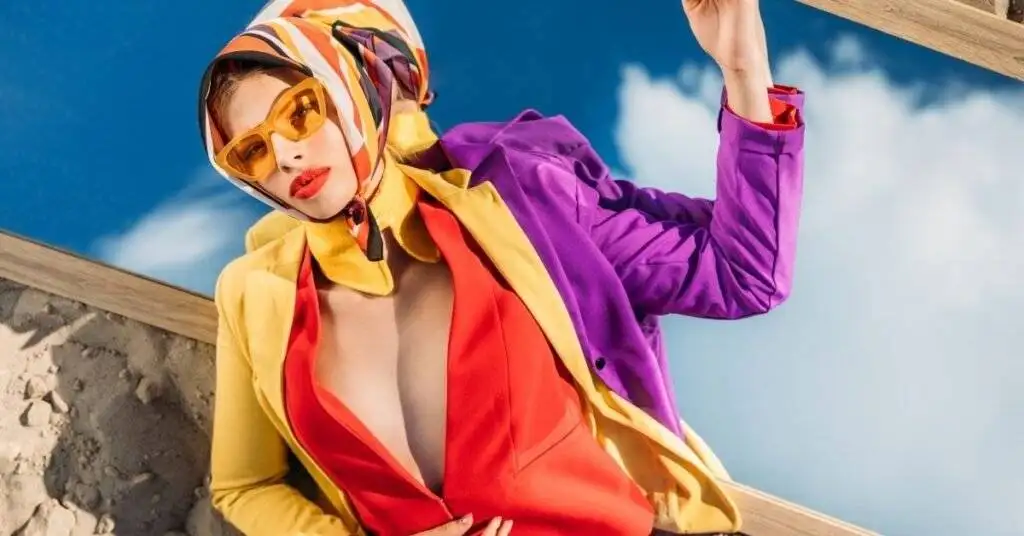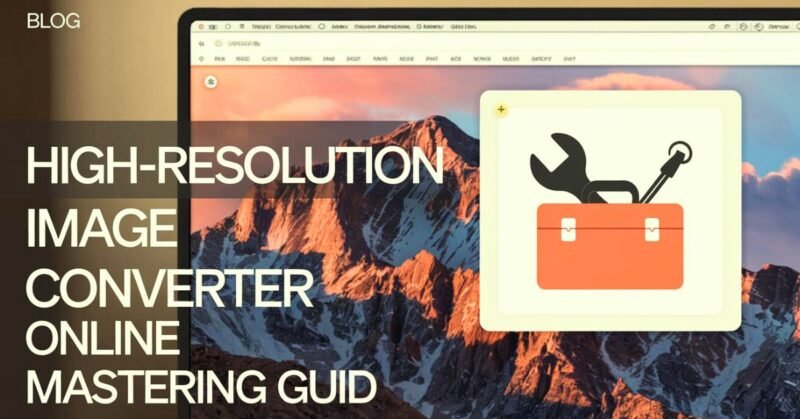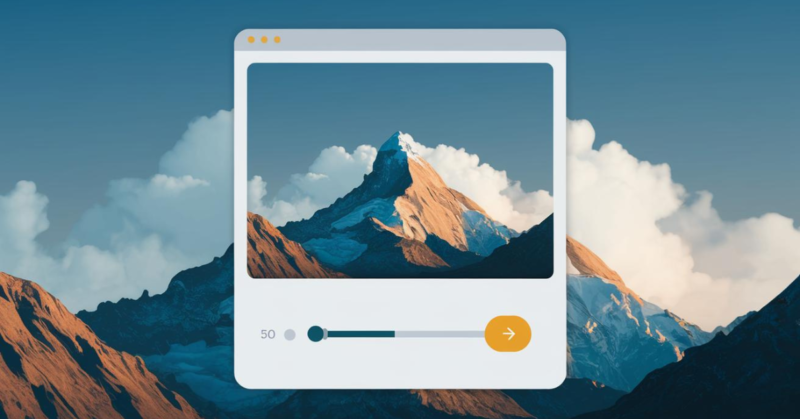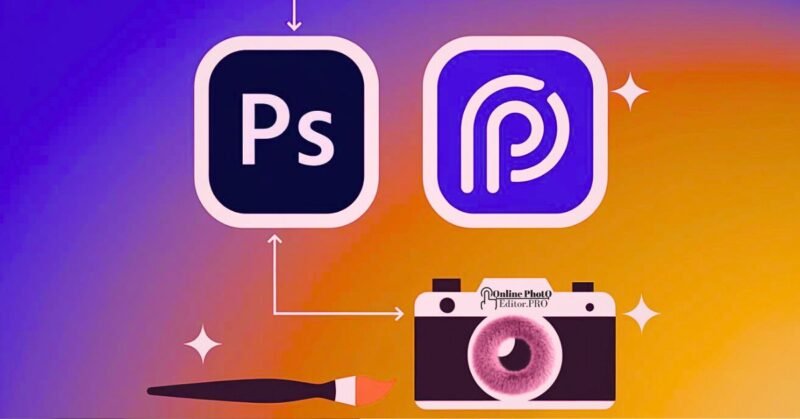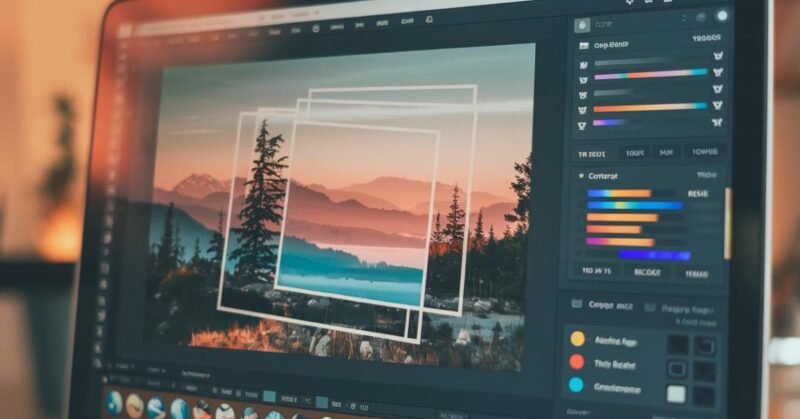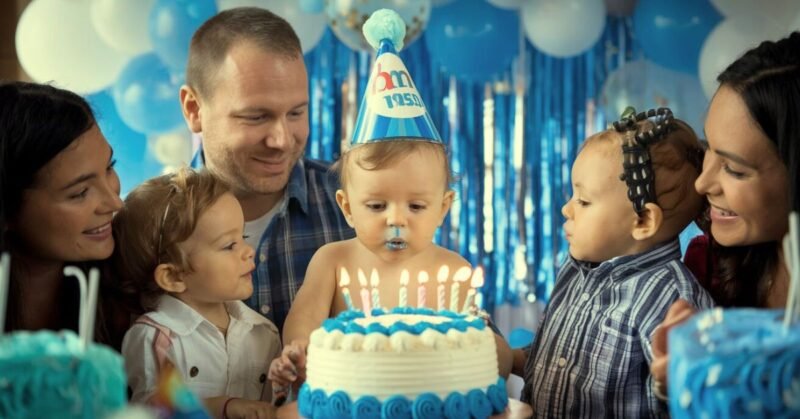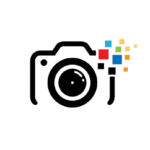Introduction to Fashion Photography
Fashion photography is an exciting, dynamic, and ever-evolving field that blends creativity with technical precision. Whether you’re capturing high-fashion editorials or working with clothing brands, mastering the art of fashion photography requires attention to detail, a good understanding of lighting, and an eye for style. With fashion constantly changing, your photography needs to be fresh and relevant, reflecting current trends while maintaining a timeless appeal.
In this guide, we will explore essential tips and techniques that will help you refine your skills in fashion photography. Whether you’re a beginner or an experienced photographer, these strategies will take your work to the next level.
What is Fashion Photography?
Fashion photography involves capturing images that highlight clothing, accessories, and the overall aesthetic of fashion in a visually compelling way. Unlike other forms of photography, fashion photography focuses heavily on composition, lighting, and styling to evoke a particular mood or concept. It’s used extensively in magazines, online campaigns, social media, and advertising.
Understanding the Purpose of Fashion Photography
The first step in mastering fashion photography is understanding its purpose. Every photoshoot has a specific goal, whether it’s showcasing a designer’s new collection or promoting a clothing line. To create successful images, you need to ask yourself:
- What is the story behind the shoot?
- What mood or vibe do you want to convey?
- Who is the target audience?
Fashion photography is not just about taking pictures; it’s about telling a visual story that resonates with viewers. Consider how your images can communicate the brand’s message effectively, whether it’s through avant-garde editorial shots or commercial product photography.
Mastering Lighting Techniques
Lighting is a crucial component of any photography style, but in fashion photography, it can make or break a shot. Understanding how to manipulate natural and artificial light is essential for creating striking images. Here are some key lighting setups commonly used in fashion photography:
Natural Light
Natural light is often preferred for its softness and versatility. The best time to shoot is during the golden hour—early morning or late afternoon—when the sun provides a warm, diffused glow. Use reflectors to bounce light back onto the model and eliminate harsh shadows.
Studio Lighting
Studio lighting gives you full control over the environment. For fashion shoots, a common setup includes a combination of key lights, fill lights, and backlights to create depth and highlight textures. Experiment with softboxes and beauty dishes to achieve the desired look.
Off-Camera Flash
Off-camera flash can add dramatic effects to your images, especially when shooting outdoors or in low-light conditions. Position the flash away from the camera to create dynamic lighting that adds depth and intrigue to your fashion photographs.
Styling For The Key to Captivating Fashion Photos
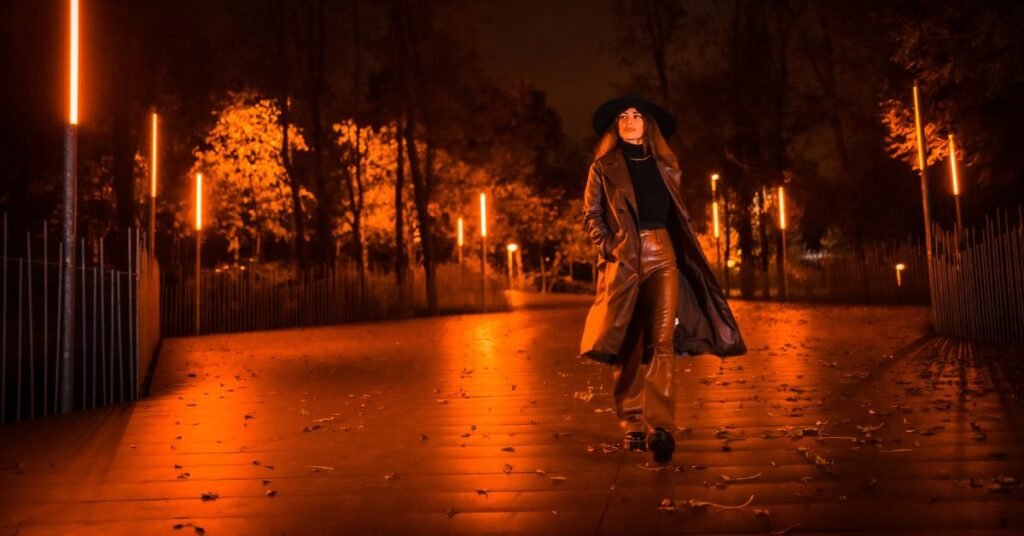
In fashion photography, styling plays a significant role in the final image. The right clothing, accessories, and makeup can elevate a simple portrait into a work of art. Collaborate with stylists, makeup artists, and designers to ensure the styling aligns with the vision of the shoot.
Wardrobe Coordination
Make sure the clothing fits the concept of the shoot. Whether you’re capturing casual streetwear or high-fashion couture, the outfit must complement the overall theme. Pay attention to how the garments move and flow, as movement adds energy and life to your photos.
Makeup and Hair
Hair and makeup should be flawless, as they contribute to the model’s overall look. Discuss the theme with the makeup artist to ensure that the makeup complements the clothing and lighting style. A bold lip or a smoky eye can transform the mood of a photo.
Props and Accessories
Props and accessories can enhance the narrative of your fashion shoot. Sunglasses, handbags, and hats are commonly used in fashion photography to add personality and depth to the model’s outfit. Choose props that are in line with the fashion story you’re telling.
Posing Techniques for Fashion Photography
Effective posing can transform a good image into a great one. Models should be comfortable and confident in front of the camera, but it’s your job as the photographer to guide them into poses that showcase the clothing while flattering their features.
Dynamic Poses
Fashion photography often features dynamic poses that convey movement and energy. Encourage the model to experiment with different angles and postures. A simple twist of the shoulder or a turn of the head can add drama and interest to the photo.
Highlighting the Clothing
The model’s pose should always prioritize the clothing. Adjust the model’s stance to make sure the garment looks its best—whether it’s a long flowy dress or a tailored suit. Show off key details like embroidery, texture, or the cut of the fabric.
Natural vs. Dramatic Poses
Depending on the theme of the shoot, you may want to use more natural, relaxed poses, or go for highly stylized, dramatic poses. For commercial fashion photography, simpler, more natural poses are often preferred, while high-fashion editorials often demand exaggerated poses.
Location Choosing the Right Backdrop
The setting of your photoshoot can significantly impact the final outcome. Fashion photography can be shot in a variety of locations, from a controlled studio environment to outdoor cityscapes. Consider the following when selecting a location:
- Indoor Studio: Provides controlled lighting and a blank canvas to create any look you want.
- Outdoor Locations: Utilize natural light and diverse settings like beaches, forests, or urban areas to add context to your shoot.
- Unconventional Spaces: Abandoned buildings, rooftops, or art galleries can provide an edgy, avant-garde feel to your photos.
Camera Settings and Equipment for Fashion Photography
Your choice of camera settings and equipment can greatly influence the quality of your fashion photography. Here are some basics to consider:
Camera Choice
While full-frame DSLR or mirrorless cameras are popular choices due to their versatility and high resolution, any camera with manual settings can work well if you know how to use it. Opt for a camera that offers good low-light performance and fast autofocus capabilities.
Lenses
For fashion photography, prime lenses (like a 50mm or 85mm) are often favored for their sharpness and ability to create a shallow depth of field. A telephoto lens is also an excellent option for capturing full-body shots, while a wide-angle lens is great for environmental portraits.
Shutter Speed, ISO, and Aperture
Balancing your shutter speed, ISO, and aperture is key to creating well-exposed fashion images. A fast shutter speed is necessary to freeze motion during action shots, while a wide aperture (f/2.8 or lower) creates a beautiful bokeh effect, separating the subject from the background.
Editing and Post-Production
The final step in the fashion photography process is editing. Post-production can elevate your images from good to exceptional, helping you fine-tune lighting, colors, and textures.
Retouching
In fashion photography, skin retouching is common but should be done with care. The goal is to enhance the natural beauty of the model without over-editing. Use professional software like Adobe Photoshop or Lightroom to smooth skin, adjust lighting, and enhance details.
Color Grading
Color grading allows you to set the mood of your image. Cool tones can create a calm, high-fashion vibe, while warm tones can evoke feelings of comfort and luxury. Experiment with different styles to see what fits the theme of your shoot.
Cropping and Composition
Sometimes the perfect shot requires a bit of cropping. Ensure your final images follow the rule of thirds and have a balanced composition that highlights the model and the clothing.
Elevating Your Fashion Photography Skills
Fashion photography is more than just taking pictures of clothes—it’s about creating a mood, telling a story, and showcasing garments in the best possible light. By mastering lighting, styling, posing, and post-production, you can create stunning images that stand out in the competitive world of fashion.
Remember to stay creative, experiment with new techniques, and constantly push the boundaries of your art. Whether you’re shooting for a commercial client or building your portfolio, fashion photography offers endless possibilities for creative expression.
More About External Helpful Fashion Photography Tips:

